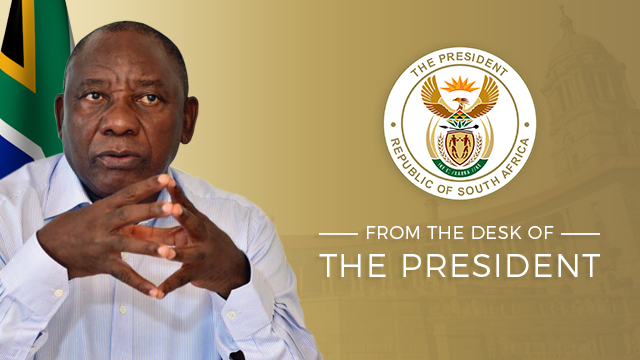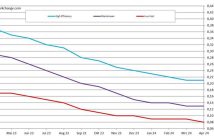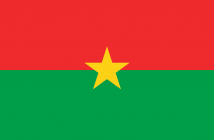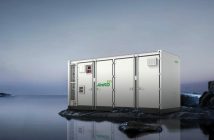- In his weekly newsletter on Monday, South Africa’s President, Mr Cyril Ramaphosa, has confirmed that government has gazetted ministerial determinations that will enable the development of more than 11.800 megawatts (MW) of additional power generation.
- South Africa currently has in the region of over 30.000 MW of electricity available on the national grid each day.
- President Ramaphosa said reliable, secure and affordable energy supply is the lifeblood of any economy.
“This new energy will be procured from diverse sources, including solar, wind, gas, coal and storage. While meeting our energy needs well into the future, this new capacity will also help us meet our international obligations to reduce carbon emissions,” he said.
“As government we have decided that to grow our economy and attract investment, secure and sustainable energy supply is paramount he said.
Sustainable energy
To limit the impact of climate change, it is equally important that energy is sustainable and environmentally sound. South Africa, he said, has one of the most energy-intensive economies in the world.
“While our energy sources have become more diverse than before with the increasing inclusion of renewable energy sources, we remain heavily dependent on fossil fuels, mainly coal. We are also a water-stressed country and coal power generation consumes vast quantities of water,” he said.
Electricity self-generation
President Ramaphosa said in an effort to facilitate electricity self-generation and as part of the reform process, government have removed the licensing requirement for self-generation projects under 1 MW.
“So far 156 self-generation facilities under 1 MW have been registered, with a total installed capacity of 72 MW.
“For facilities that can generate above 1 megawatt, the National Energy Regulator of South Africa is improving its licensing processes to improve turnaround time.
“So far, five such facilities, with total installed capacity of 25 megawatts, have been licenced. Further work is being undertaken to reform the regulatory environment to ensure that we make fuller use of the great potential in this country for self-generation among commercial and industrial users,” President Ramaphosa said.
Stabilising state-owned enterprises
President Ramaphosa said government is also working towards stabilising state-owned enterprises as an important part of the reform process.
“In this regard, we are working to restore Eskom’s operational capabilities and restructure Eskom to fundamentally change the way in which we generate and transmit electricity in our country.
“Our vision is to lead South Africa through a just transition which ensures that as many people as possible benefit from the investment, growth and job-creation that we can achieve through expanding our electricity generation capacity.”
He said progress is being made in overcoming the challenges faced by Eskom.
“As part of the necessary restructuring process, separate governance structures in the form of boards have been appointed for the power utility’s generation, transmission and distribution divisions, as we announced at the State of the Nation Address,” President Ramaphosa said.
Author: Bryan Groenendaal
Source: SAnews.gov.za











